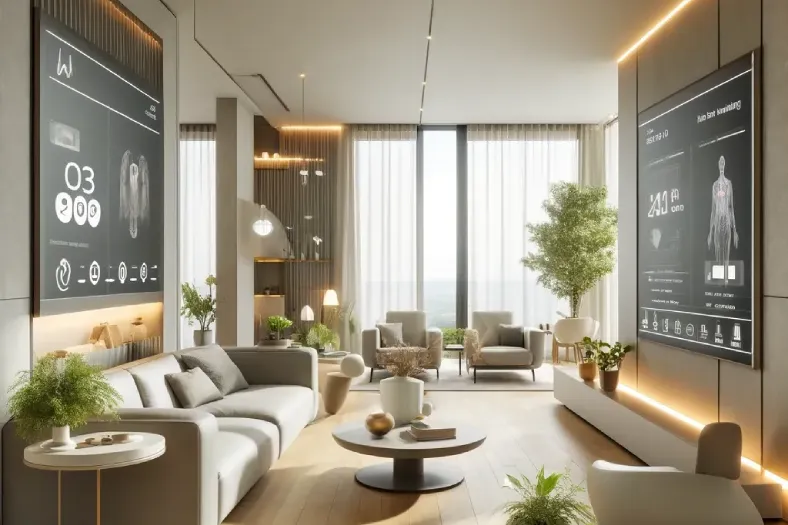Challenges of Current Home Health Practices
- Unsuitable Home Environments: Most existing homes aren’t designed with comprehensive healthcare in mind. Limited space, accessibility issues, and lack of appropriate infrastructure can hinder the delivery of complex medical care.
- Technology Gaps: While telehealth and remote monitoring are advancing, current technologies often fall short of recreating the full range of in-person clinical interactions and assessments.
- Isolation and Social Disconnect: Homebound patients can experience loneliness and reduced social support, negatively impacting their mental and emotional well-being.
- Caregiver Burden: Home health often relies heavily on family caregivers, who may lack the training, resources, and respite they need to provide adequate care.
- Equity Issues: There is a significant disparity in who can access and benefit from home health innovations. Those in lower socioeconomic statuses or rural areas might not have access to the necessary technology or internet reliability, thereby exacerbating existing health inequities.
- Privacy and Security Concerns: As homes become nodes in the broader health data network, ensuring data privacy and security becomes more challenging but increasingly critical.
Designing Homes for Successful Home Health
To mitigate these challenges and ensure the success of home health models, we need a fundamental shift in how we design the homes of tomorrow. Here’s what this might look like:
- Integrated Health Zones: Future homes could include designated health areas equipped with built-in diagnostic tools, enhanced sanitation processes, and telehealth communication systems. These zones would be designed to facilitate medical examinations, treatments, and consultations without disrupting the comfort of the home environment.
- Adaptable and Flexible Spaces: Homes should feature adaptable rooms that can transform to accommodate medical equipment, safe patient movement, and varying levels of care.
- Smart Home Technology: Integrated smart home systems should support remote monitoring, patient-provider communication, and even assist with activities of daily living. Think sensors, automated medication reminders, and voice-activated controls.
- Universal Design Principles: Applying universal design principles can make home health accessible to all, regardless of age, disability, or other factors. Features like wider doorways, non-slip floors, zero-threshold showers, smart lighting for safety for safe mobility and functionality within a healthcare-integrated home.
- Accessibility as a Standard: Universal design principles must be the norm for homes to be truly inclusive, with features like wider doorways,
- Virtual and In-Person Integration: Design must facilitate seamless connection between in-home care and external healthcare systems. Homes could have dedicated spaces with technology and proper lighting for telehealth consultations.
- Community and Connection: Future home design should consider fostering a sense of community and social support, with shared spaces, virtual connection platforms, or layouts that encourage interaction while also protecting privacy.
- Sustainability and Health: A healthy home is also an environmentally friendly home. Using materials that are non-toxic and promote good air quality, alongside energy-efficient designs, can support both the environment and the inhabitants’ well-being.
The Benefits of Design-First Home Health
By proactively designing homes with integrated healthcare capabilities, we can:
- Enhance Patient Outcomes: Well-designed environments reduce the risk of falls, promote independence, and improve overall quality of life.
- Reduce Caregiver Strain: Technology-enabled homes and thoughtfully planned spaces can ease the physical and emotional burdens placed on families.
- Optimize Resource Allocation: Smarter homes can facilitate early intervention, reduce unnecessary hospitalizations, and make healthcare delivery more efficient.
The Future is in Our Hands
As we continue to witness the rise of home health, the importance of designing homes that accommodate this trend cannot be overstated. By redesigning our living spaces with health and wellness at the forefront, we not only facilitate a smoother transition to home-based healthcare but also ensure that this shift benefits everyone, regardless of their background or living situation. The home of the 21st century will be more than just a place to live; it will be a place that actively contributes to our health and longevity.



0 Comments